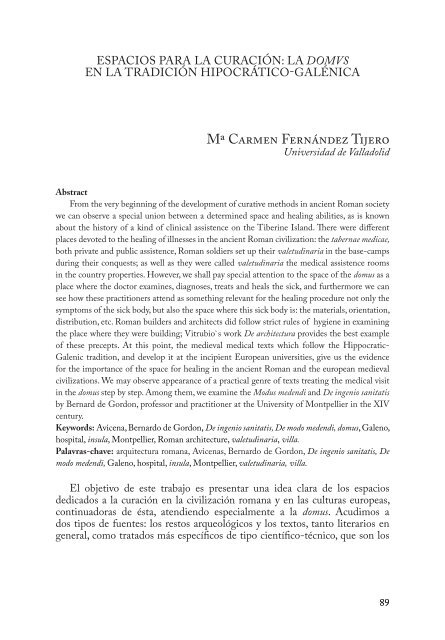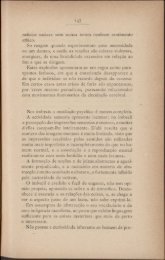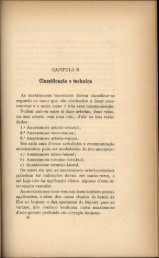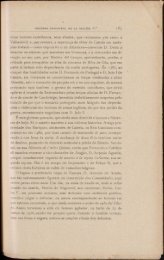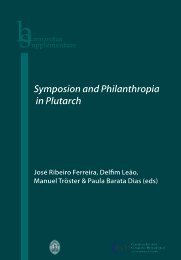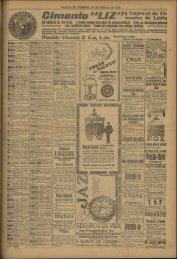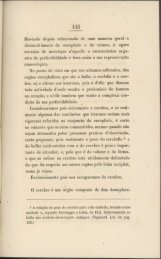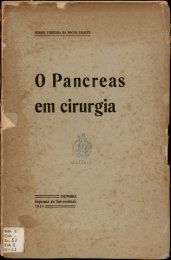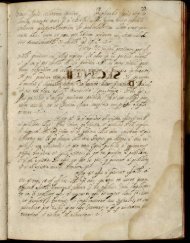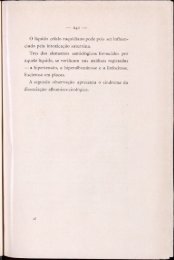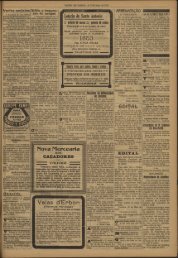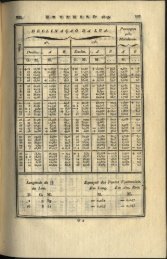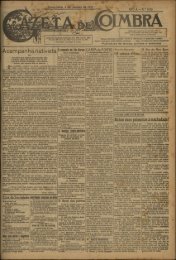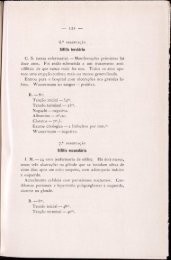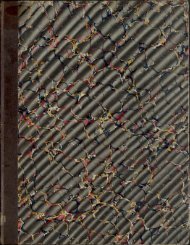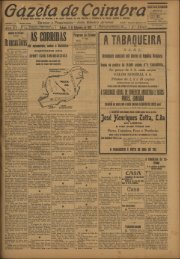Espaços e Paisagens. Vol. 1 - Universidade de Coimbra
Espaços e Paisagens. Vol. 1 - Universidade de Coimbra
Espaços e Paisagens. Vol. 1 - Universidade de Coimbra
You also want an ePaper? Increase the reach of your titles
YUMPU automatically turns print PDFs into web optimized ePapers that Google loves.
ESPACIOS PARA LA CURACIóN: LA DOMVS<br />
EN LA TRADICIóN HIPOCRÁTICO-GALÉNICA<br />
Mª Carmen Fernán<strong>de</strong>z Tijero<br />
universidad <strong>de</strong> Valladolid<br />
Abstract<br />
From the very beginning of the <strong>de</strong>velopment of curative methods in ancient Roman society<br />
we can observe a special union between a <strong>de</strong>termined space and healing abilities, as is known<br />
about the history of a kind of clinical assistence on the Tiberine Island. There were different<br />
places <strong>de</strong>voted to the healing of illnesses in the ancient Roman civilization: the tabernae medicae,<br />
both private and public assistence, Roman soldiers set up their valetudinaria in the base-camps<br />
during their conquests; as well as they were called valetudinaria the medical assistence rooms<br />
in the country properties. However, we shall pay special attention to the space of the domus as a<br />
place where the doctor examines, diagnoses, treats and heals the sick, and furthermore we can<br />
see how these practitioners attend as something relevant for the healing procedure not only the<br />
symptoms of the sick body, but also the space where this sick body is: the materials, orientation,<br />
distribution, etc. Roman buil<strong>de</strong>rs and architects did follow strict rules of hygiene in examining<br />
the place where they were building; Vitrubio`s work De architectura provi<strong>de</strong>s the best example<br />
of these precepts. At this point, the medieval medical texts which follow the Hippocratic-<br />
Galenic tradition, and <strong>de</strong>velop it at the incipient European universities, give us the evi<strong>de</strong>nce<br />
for the importance of the space for healing in the ancient Roman and the european medieval<br />
civilizations. We may observe appearance of a practical genre of texts treating the medical visit<br />
in the domus step by step. Among them, we examine the Modus me<strong>de</strong>ndi and De ingenio sanitatis<br />
by Bernard <strong>de</strong> Gordon, professor and practitioner at the University of Montpellier in the XIV<br />
century.<br />
Keywords: Avicena, Bernardo <strong>de</strong> Gordon, De ingenio sanitatis, De modo me<strong>de</strong>ndi, domus, Galeno,<br />
hospital, insula, Montpellier, Roman architecture, valetudinaria, villa.<br />
Palavras-chave: arquitectura romana, Avicenas, Bernardo <strong>de</strong> Gordon, De ingenio sanitatis, De<br />
modo me<strong>de</strong>ndi, Galeno, hospital, insula, Montpellier, valetudinaria, villa.<br />
El objetivo <strong>de</strong> este trabajo es presentar una i<strong>de</strong>a clara <strong>de</strong> los espacios<br />
<strong>de</strong>dicados a la curación en la civilización romana y en las culturas europeas,<br />
continuadoras <strong>de</strong> ésta, atendiendo especialmente a la domus. Acudimos a<br />
dos tipos <strong>de</strong> fuentes: los restos arqueológicos y los textos, tanto literarios en<br />
general, como tratados más específicos <strong>de</strong> tipo científico-técnico, que son los<br />
89


